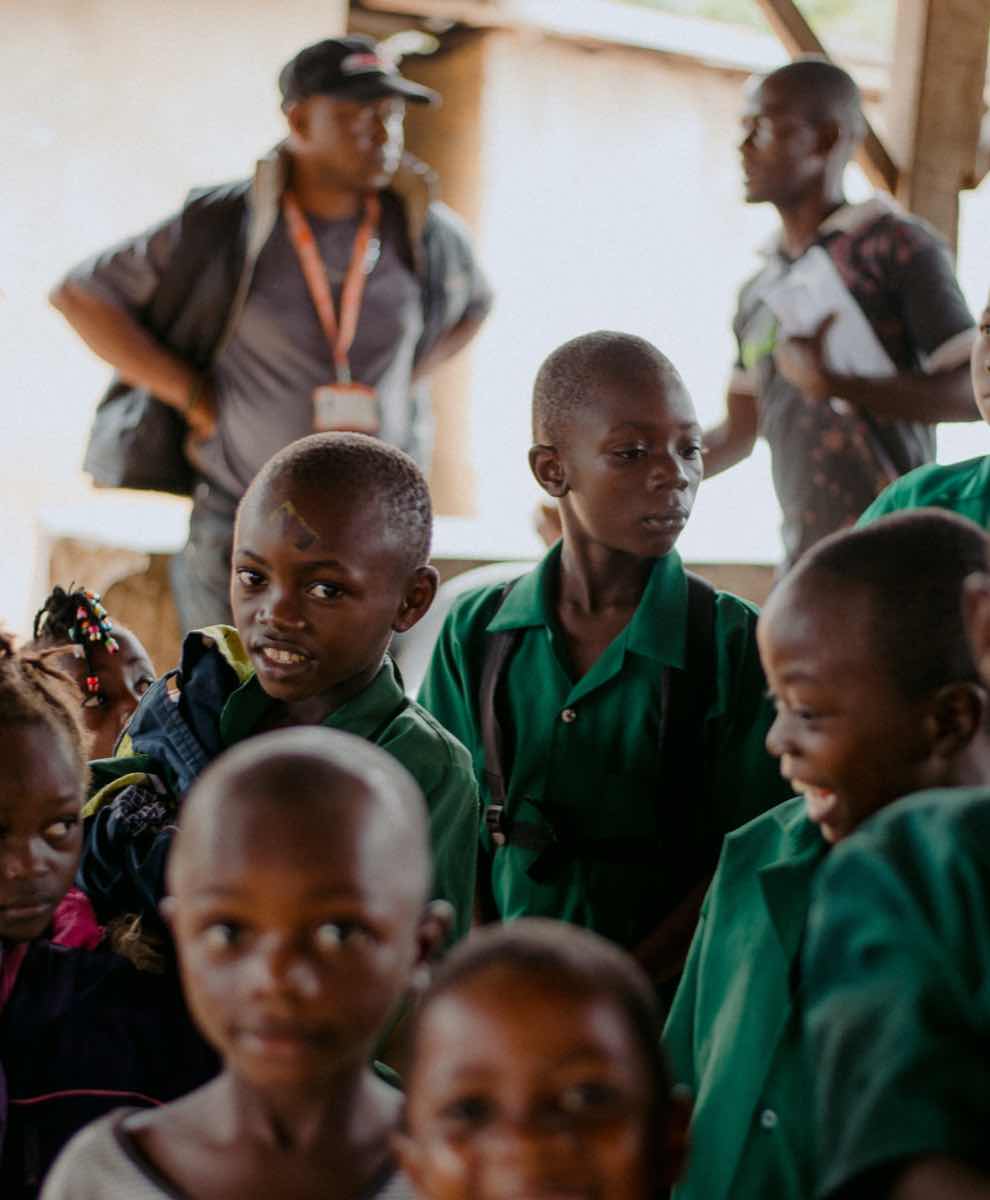On March 14, Cyclone Idai made landfall in southern Africa. Chances are, no one predicted the results would be this harrowing. The storm has affected almost three million people, including over 1,000 casualties and two million displaced.
1. Lack of access to treatment
Over 2,500 injuries have been reported, with over half of them in Mozambique. Many of those injured during the storm had to wait for medical help, some up to a full week. Without timely treatment, injuries can become infected and even more difficult to treat.
Those who had pressing health issues before the storm need care, as well. Those living with HIV, tuberculosis, or other diseases are at risk of worsening health if they are unable to resume treatment.
Health workers are struggling to help, especially in remote areas. Limited supplies and medicines affect how many people can receive care. Even when supplies are available, blocked roads prevent them from reaching where they need to go.
2. Increased exposure to disease
During the storm, thousands of people lost their homes. In Mozambique, over 200,000 houses are destroyed. Others are afraid to return to their homes, fearing that another storm might hit.
Overcrowded shelters and displacement sites can make it easier for diseases to spread. Cholera is the most pressing disease at the moment. There are currently almost 5,000 cases reported in Mozambique since the end of the storm, with the number continuing to rise.
The World Health Organization (WHO) is running a vaccine campaign to stop the outbreak from becoming an epidemic. A stockpile of 900,000 doses, funded by Gavi, the Vaccine Alliance, is being administered. This treatment is vital to prevent cholera from spreading further.
Cholera isn’t the only disease to worry about. The cyclone left large amounts of standing water, which is where mosquitoes lay eggs. Over 700,000 mosquito nets have been delivered to prevent outbreaks of malaria and dengue fever.
The Trump Twist
Trump came into office calling climate change a hoax and giving handouts to dirty energy companies. His plan to open up nearly every U.S. coastline to more oil and gas drilling was extremely unpopular, and in the case of the Arctic Ocean, it outright ignored the fact that Obama had already ruled out future leasing there.
Trump’s new offshore oil plan called for lease sales in the Beaufort Sea starting in 2019 and the Chukchi Sea in 2020. In response, Greenpeace joined with other groups in a lawsuit to challenge the plan in court. Earthjustice and the Natural Resources Defense Council led the litigation, representing Greenpeace along with Alaska Wilderness League, Center for Biological Diversity, Defenders of Wildlife, League of Conservation Voters, Northern Alaska Environmental Center, Resisting Environmental Destruction on Indigenous Lands (REDOIL), Sierra Club, and the Wilderness Society.






